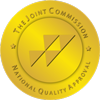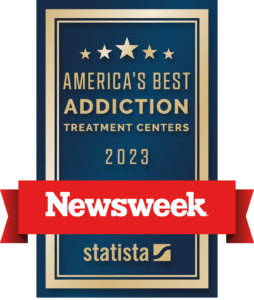Ritalin Addiction: Detox and Treatment
The prescription stimulant Ritalin treats conditions such as ADHD. However, teens and adults often misuse the drug because of the high it produces. Ritalin abuse causes physical, psychological, and behavioral changes and can lead to Ritalin addiction.
Changes due to Ritalin abuse include:
- Anxiety
- Depression
- Irritability
- Panic attacks
- Low appetite
- Rapid heart rate
- Dehydration
- Suspiciousness
- Stealing
- Lying
- Doctor shopping
- Crushing and snorting pills
Although Ritalin addiction can damage all aspects of the user’s life, the negative effects can be reversed with comprehensive treatment. If you recognize signs of Ritalin abuse in a loved one, it’s time to sit them down and recommend treatment.
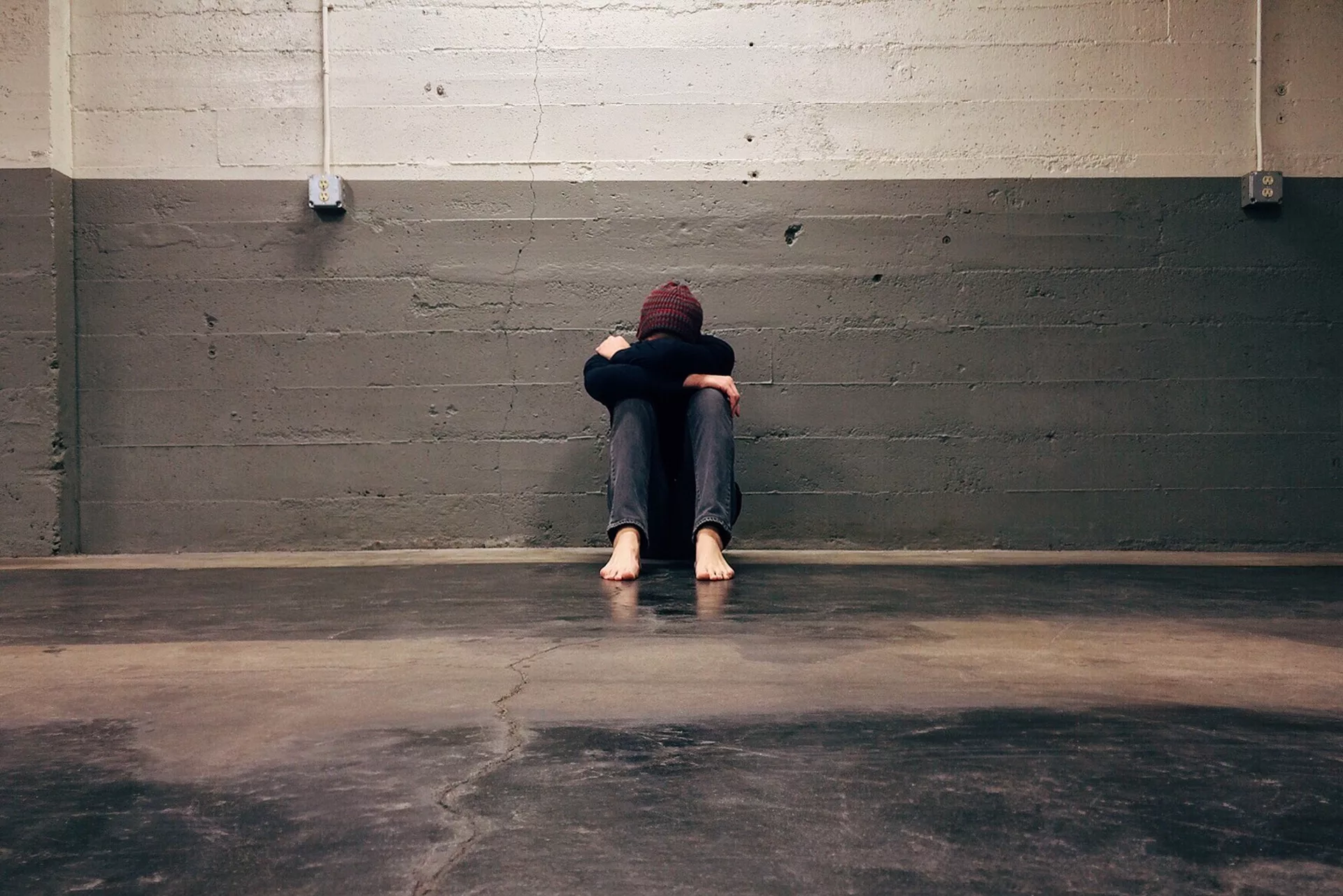
What is Ritalin?
Ritalin or methylphenidate is a Schedule II narcotic. It has the same classification as morphine, cocaine, and amphetamines. A Schedule II classification means it is medically therapeutic but, it has the potential for abuse.
Ritalin is a CNS (central nervous system) stimulant prescribed most commonly for attention deficit hyperactivity disorder (ADHD). According to Healthline, of children ages 3-17 in the US. 9.5 percent are diagnosed with ADHD. Because of Ritalin abuse, it’s important to know what the pills look like, especially if you are a parent. Ritalin is a small pill with Ciba imprinted on it and comes in yellow (5 mg), green (10 mg), and white or yellow (20 mg).
Why is Ritalin Addictive?
Ritalin works by increasing norepinephrine and dopamine in the brain. It is associated with attention, pleasure, and movement, among other things. However, when individuals take more than prescribed, it produces euphoria. This feeling increases Ritalin abuse and leads to Ritalin addiction.
The effects of Ritalin which increase misuse include:
- Increases concentration and focus
- Promotes mental sharpness
- Helps manage large workloads
- Stimulates weight loss
- Euphoric effects or feeling high


Who Does Ritalin Addiction Commonly Affect?
Stimulant drugs such as Ritalin are generally misused to increase mental processing and physical responses. Those who are seeking to suppress their appetite or a quick high also turn to Ritalin abuse. Teens typically misuse Ritalin to improve their academic performance. Individuals who struggle with eating disorders, food addictions, or obesity will often use Ritalin because of the energy-releasing and appetite-suppressing effects.
How Common is Ritalin Addiction?
In 2019, it was estimated that 2,500 Americans over 12 misused stimulants such as Ritalin every day. In 2019, almost 5 million Americans over 12 admitted to misusing stimulants in the past year. Ritalin abuse eventually turns to Ritalin addiction or stimulant use disorder. In fact, in 2019, over 300,00 adults over age 26 qualified for this disorder.

What Are the Physical Signs of Ritalin Addiction?
Although there is a multitude of physical side effects from Ritalin abuse, the most common include:
- Decreased appetite
- Stomach ache
- Headache
- Dizziness
- Nausea
- Heart palpitations
- Stimulant Use Disorder
Ritalin abuse also has some very serious side effects. Some of these effects include:
- Paranoia
- Suspicion
- Depression
- Blurred vision
- Eyesight changes
- High blood pressure
- Rapid heart rate
- Visual hallucinations
- Skin infection
- Viral infection
- Urinary tract infection

What Are the Signs of Ritalin Overdose?
Because Ritalin is a stimulant, it causes the body’s vital organs also to work faster. These critical organs control breathing, heart rate, blood pressure, and body temperature. As a result of Ritalin’s effects, these vital organs, such as the heart, are in danger of shutting down.
A Ritalin overdose can often be fatal. For this reason, it’s vital to know the signs and symptoms of a Ritalin overdose. Recognizing the signs and getting immediate medical help can save someone’s life.
Signs of a Ritalin overdose include:
- Agitation
- Aggression
- Extreme panic
- Confusion
- Delirium
- Hallucinations
- Psychosis
- Abdominal cramps
- Fever
- Headache
- Muscle pains and weakness
- Muscle twitching and spasms
- Nausea and vomiting
- Overactive reflexes
- Rapid breathing
- Rapid heart rate
- Restlessness
- Tremors
- Seizures
- Kidney Damage
- Sudden heart attack

What Are the Behavioral Signs of Ritalin Addiction?
Because Ritalin is a prescription drug, individuals may visit different doctors to obtain more pills. They may also use multiple pharmacies to fill these prescriptions. As a result, users typically have numerous bottles with overlapping fill dates. Adults are generally the ones who doctor shop, while teens typically steal Ritalin from family, friends, or neighbors.
Individuals with a Ritalin addiction may alter the form of the pill. For example, users crush Ritalin in order to snort it. For this purpose, users may use a hammer, the heel of a shoe, or a coffee grinder. Loved ones may find these items along with straight-edged objects like credit cards lying around.
People also crush and liquefy Ritalin for injection. In this case, users will have paraphernalia or a kit. At a minimum, a kit includes a syringe, a spoon, a lighter, and a rope or belt. Finding a kit such as this with residue is another sign of Ritalin abuse.
Besides the behaviors explained above, the following behavior changes are signs of Ritalin abuse.
- Extreme mood swings
- A change in friends and hangout places
- Using street names for Ritalin such as R-ball, vitamin R, smarties, skittles, kiddie cocaine
- Change in eating habits
- Poor self-hygiene
- Avoiding eye contact
- Lying
- Deceitful and manipulative
- Performance issues at work, school, and home
- Borrowing money and not paying it back

What Are the Withdrawal Symptoms of Ritalin?
Once a person develops a Ritalin addiction, it can be challenging to stop without treatment. Although withdrawal from Ritalin abuse varies depending on a variety of factors, common symptoms include:
- Cravings
- Irritability
- Hallucinations
- Depression
- Anxiety
- Paranoia
- Chills
- Jitters
- Delay on movements
- Fatigue
- Increase in appetite
- Memory problems
- Insomnia
- Muscle aches
What are Rebound Effects in Ritalin Withdrawal?
If Ritalin was initially prescribed for ADHD, the withdrawal will produce rebound effects. For example, difficulty concentrating and other symptoms of ADHD may return. Although the severity of symptoms depends on how much is used and how long a person is dependent, they are worse if someone stops “cold turkey.”
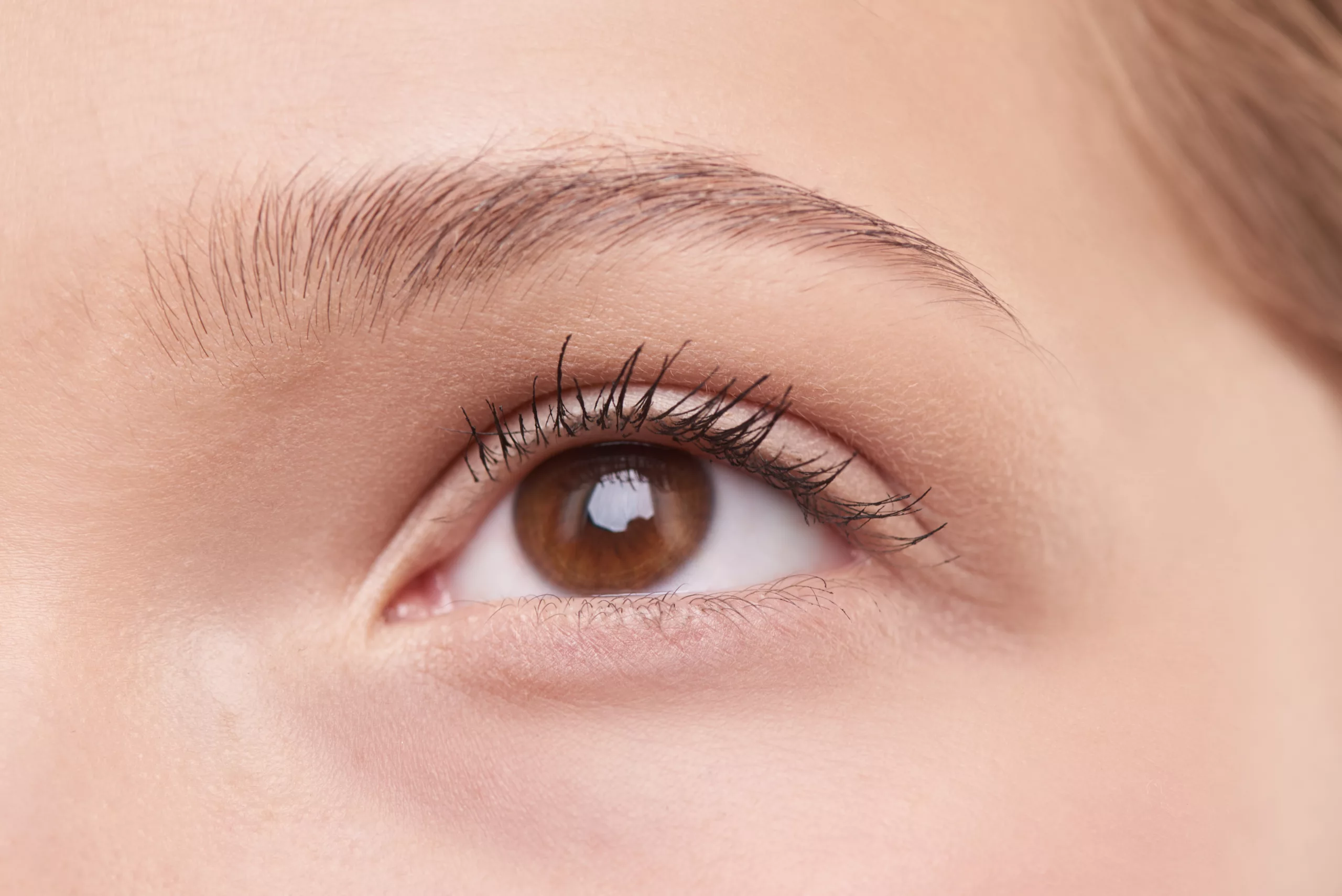

How Long Does Ritalin Stay in the Body?
CNS stimulants such as Ritalin generally have a short half-life compared to other drugs. Ritalin also has a quick onset of action or peak of effects. The half-life is the time it takes the body to break down the drug to half of its beginning concentrate.
The peak effects of Ritalin are felt quickly while also dissipating rapidly. Immediate-release Ritalin lasts 4 to 6 hours before needing another dose. But, extended-release stimulants such as Concerta may last up to 14 hours.
The most relevant factors in how long Ritalin stays in the body include:
- Age – older individuals eliminate Ritalin slower
- Body mass – heavier people, eliminate Ritalin faster
- Metabolism – the most significant factor in the elimination rate of Ritalin
- Alcohol use – the liver makes eliminating alcohol a priority which slows down Ritalin elimination
Facts about Ritalin in the Body
- Methylphenidate has a half-life ranging from 1 to 4 hours.
- Ritalin doesn’t typically accumulate in the cells because it is water-soluble.
- Eliminating Ritalin through uring varies from one person to the next. For example, one person can eliminate 100 percent of the drug in a day or two. At the same time, another may only eliminate 75 percent in the same time.
- Ritalin can generally be detected in urine for up to 3 days after use.
- Ritalin is detected in saliva tests for 1 to 3 days.
- Ritalin stores and can be detected in hair follicles for 30 days after use.
Stages of Ritalin Withdrawal
The first symptoms of withdrawal typically begin within72 hours after the last dose. However, when users consume high amounts for a long time, they may feel symptoms within 24 hours. Early withdrawal symptoms include cravings, anxiety, sleep issues, and irritability.
In the first week, symptoms typically intensify while reaching their peak by day seven. When withdrawal symptoms peak, it’s the most uncomfortable part. At this point, symptoms include depression, insomnia, fatigue, and nausea.
Withdrawal symptoms start fading by the second week. Because psychological symptoms tend to last longer than physical ones, a person may still experience depression and anxiety. Cravings also may last longer than two weeks.
For some, anxiety, cravings, and other symptoms can last for months. For this reason, seeking Ritalin addiction treatment can teach coping skills to prevent recurrence of use.
Therapies in Ritalin Addiction Treatment
- Cognitive Behavioral Therapy (CBT) – This behavioral modification approach helps identify destructive behaviors and replace them with recovery-promoting behaviors.
- Motivational Interviewing (MI) – This technique helps create a relationship between member and therapist to increase recovery motivation.
- Family Therapy – Addiction doesn’t affect just the user. It is a family disease. In therapy, families receive education, individual therapy for the family, as well as sessions with both the member and their family.
- Holistic Therapies – Ritalin addiction treatment can be challenging and stressful. But, finding a spiritual and emotional balance is beneficial in lifelong recovery. Holistic therapies include acupuncture, yoga, meditation, and other holistic therapies.
- Aftercare therapy – Continuing holistic and therapeutic treatments long-term is the key to maintaining lifelong recovery.
Help Your Loved One Get Help with Ritalin Addiction at Sana Lake Recovery
Is your loved one struggling with Ritalin abuse? Have you talked to them about seeking treatment with no success? Our therapists and interventionists are waiting to help you help your loved one. Contact us today and find out how.
